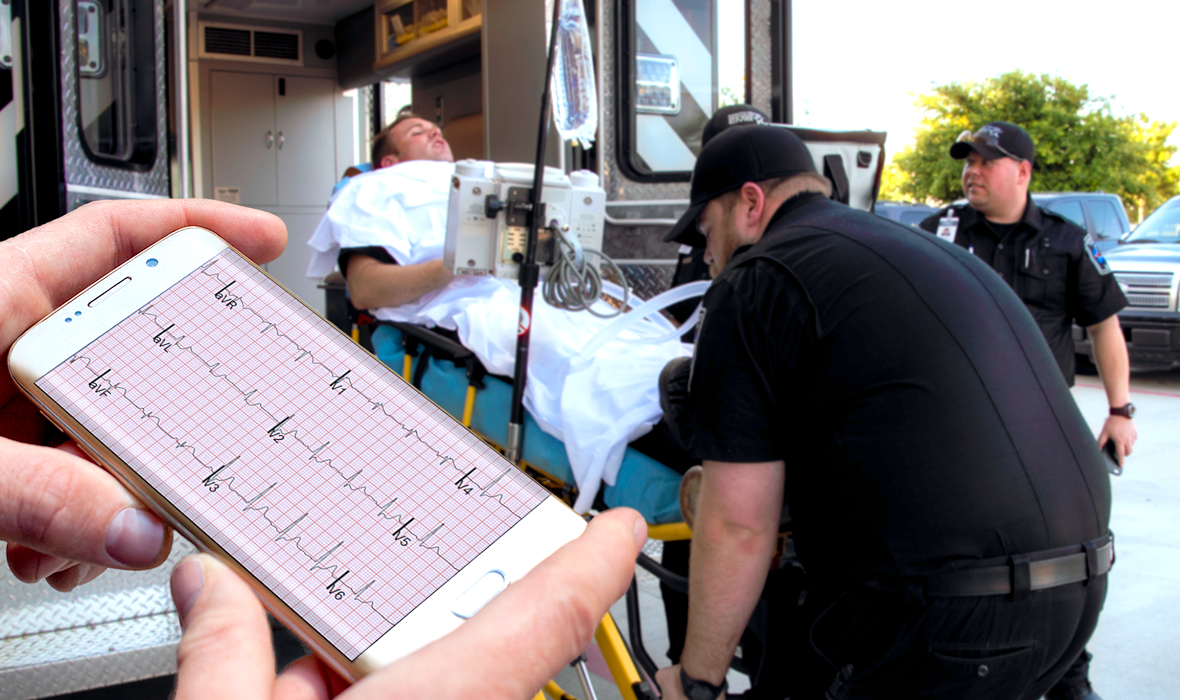Baker to Vegas: Leveraging Pulsara to Manage a Planned Event
Although they have the advantage of prior awareness and preparation, large-scale planned events pose unique challenges for emergency management...
2 min read
 Team Pulsara
:
Mar 11, 2019
Team Pulsara
:
Mar 11, 2019

EDITOR'S NOTE: Special thanks to Courtney Chumley, FACPE, for writing today's blog post. You can connect with her on LinkedIn.
Picture this: You receive a 911 call for chest pain, and on arrival you are quick to identify that your patient is having a STEMI. You quickly load the patient into the medic unit and then notify the receiving facility you are on the way. You find out later that your patient went to the cath lab and is now in recovery doing well. Job well done….or was it?
A recent article in EMS World titled “The Trip Report: Time to PCI vs STEMI Mortality” found that “for every one-minute increase in time between the 911 call and PCI, the odds of survival at one year decreased by 3%.” The article goes on to state “PCI centers interested in decreasing mortality must engage their EMS systems to develop a comprehensive approach to STEMI care.”
But as EMS providers, we are not always privy to hospital work flow once a patient is dropped off. What if making minor changes to how “we have always done things” increased your patients' one year survivability? What if we went back and realized the 10 minutes it took to get our patient downstairs, onto the stretcher, into the truck and on the road BEFORE we notify the receiving facility was actually decreasing his survivability by 30%? What if instead, the moment our 12 lead shows STEMI, we pause, tell the patient and their family that we are activating the team at the receiving facility and THEN move the patient to the medic unit? This simple change of process has already increased long-term survivability exponentially.
EMS providers hold significant power to save lives with early notification -- and that notification does not stop in the ED. What we don't see is the cath team getting summoned from home, while we are still in the patient's house at their bedside. What we do not see is the elective, non-emergent cath patient getting delayed an hour to make room for our emergent patient while we are still moving him down the stairs of his home. What we do not see is our patient not reaching his one-year survival mark because we did not realize how powerful our early notification is. Immediate notification as soon as STEMI is identified is significantly increasing one-year survival rates by speeding up the process in the cath lab.
Our notification stopped being a mere courtesy years ago. Today lives are dependent on our EARLY notification and it doesn’t stop with STEMI. This is true for every time sensitive medical emergency including STEMI, STROKE, Trauma and others identified by YOU, the prehospital provider. Whose life will you save with your early notification?

Although they have the advantage of prior awareness and preparation, large-scale planned events pose unique challenges for emergency management...

For Those Who Love a Good "Oopsie!" At Pulsara, we pride ourselves on enabling secure, HIPAA-compliant communication for healthcare teams. But let’s...

March Recap A New Integration: Improving Data Management, Streamlining Workflows, and Improving Care CoordinationOnly a few days ago, we announced...